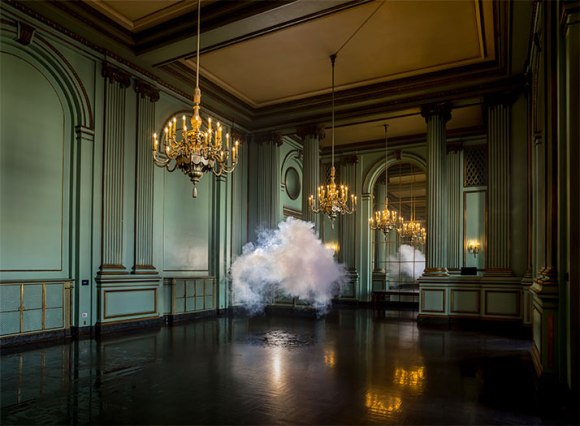There is a lot of talk on a special kind of weather forecasting these last days fueled by Stephen Hawking and his recent paper published online about Black Holes titled “Information Preservation and Weather Forecasting for Black Holes“, which as they say claims that Black Holes and their surrounding Event Horizon are not what we used to think they were. I hardly understand anything in this field but I am always intrigued. So I wait for scientists who are good at popularizing scientific thought to translate to people like me what this is all about. Here is a comprehensive article from the New Scientist. But there is another point that makes me interested in this development and it has to do with the will and frankness quality needed in the ability to change your mind. If I am not mistaken it is the 3rd time Stephen Hawking is changing his mind about the nature of Black Holes. At first he said that there is no information escaping a Black Hole. Then, he admitted there was (and paid off a bet), and now he strikes with another proposal saying that there is no event horizon at all or singularity in a black hole. I may be sooo mistaken in what I say here I have understood so I will stop at this point. But still the main point is that he feels his understanding of the world, of his field of research is always in process, is always evolving, therefore defending his theory contrary to his results is absurd. I hope I can be open enough in my life to be able to change my mind so profoundly if that is what I should do for the sake of honesty.
Sticking on the weather issue though, earth weather, on a rainy day like today in Corfu, I share here links to the Nimbus series, by Berndnaut Smilde. Smilde is a Danish artist working around the idea of weather, among other things. He created this beautiful series of clouds in indoor spaces, temporary creations that result in lasting photographs.
Here is a short BBC video interview on how Berndnaut Smilde makes his clouds.
Watching this video and works reminded me of visiting Olafur Eliasson‘s ‘The Weather Project‘ some ten years ago at the Tate Modern.
This was a massive work made of so little and it had an effect equivalent I guess to a common hallucination. In the grim London weather some lights, mirrors and misty smoke in the Turbine Hall created a warm and safe environment for us visitors, for us sun missing people, to agree that the sun was real and warm, and that the sunset hour was soothing and cosy.
The work was commissioned for the Unilever Series and presented in Tate Modern in 2003. Ten years later they made a Remember The Weather Project project and here is a video about the idea and impact of this work.
The term Weather Forecasting for Black Holes sounds to me as literal and as metaphorical as the creation of mini clouds and sunset atmospheres on earthly indoor spaces. Hence the post. One is chosen for the qualities attributed to its scientific relevance while the others for their aesthetic resonance. All three though grow in the prosperous lands of Wonder.





